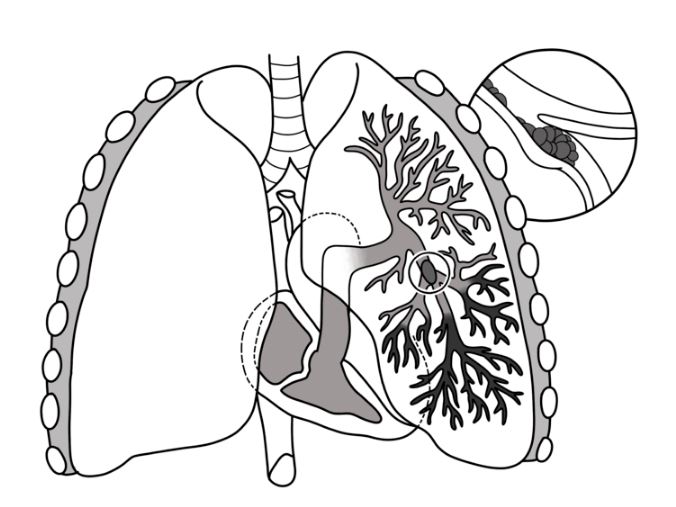Definition
Pulmonary embolism (PE) is a circulatory condition arising from the blockage of one or more pulmonary arteries in the lungs, typically due to a blood clot that has migrated from the lower extremities, such as the legs. This impediment obstructs blood flow, which can inflict damage to the lung tissue and reduce oxygen levels in the blood, presenting potential lethality if not promptly addressed.
Causes
The primary instigator of pulmonary embolism is deep vein thrombosis (DVT), wherein blood clots form in the deeper veins, predominantly in the legs. Several factors amplify the risk of DVT and, by extension, PE:
- Prolonged Immobility: Extended periods of stasis, as experienced during long flights or bed confinement, can initiate clot formation.
- Surgery or Injury: Trauma, especially to the legs or hips, or post-surgical states can enhance clot development.
- Medical Conditions: Cancer, heart diseases, or inherited blood disorders can increase blood clot propensity.
- Certain Medications: Some treatments, particularly hormone-based therapies like birth control or hormone replacement therapy, escalate clotting risk.
Symptoms
Manifestations of pulmonary embolism can span a wide range, and they are contingent on the clot size, pulmonary obstruction extent, and the individual’s overall health. Some common signs include:
- Sudden and unexplained shortness of breath
- Rapid heart rate
- Chest pain that may intensify upon deep inhalation or coughing
- Cough producing blood-tinted sputum
- Lightheadedness or dizziness, potentially culminating in fainting
Treatment and Prevention
The management strategy for PE chiefly aims at thwarting the clot from enlarging and preventing new clots from forming:
- Anticoagulants: Also termed blood thinners, drugs like heparin or warfarin impede clot growth and deter the onset of new clots.
- Clot Dissolvers: In more dire scenarios, thrombolytics might be deployed to disintegrate clots, though their use is restricted given the risk of bleeding.
- Surgical and Other Procedures: Vena cava filters or clot removal can be considered in patients who can’t take medicines.
For prevention, regular movement, calf exercises during long immobilities, drinking ample water, and wearing compression stockings can mitigate the risk. Furthermore, patients with inherent risk factors should actively consult healthcare professionals for tailored preventive strategies.
Conclusion
In sum, while pulmonary embolism stands as a severe medical concern, early recognition and swift intervention can markedly improve outcomes. As with many medical conditions, the juxtaposition of awareness, early detection, and preventive measures holds paramount importance in the broader management of PE.
